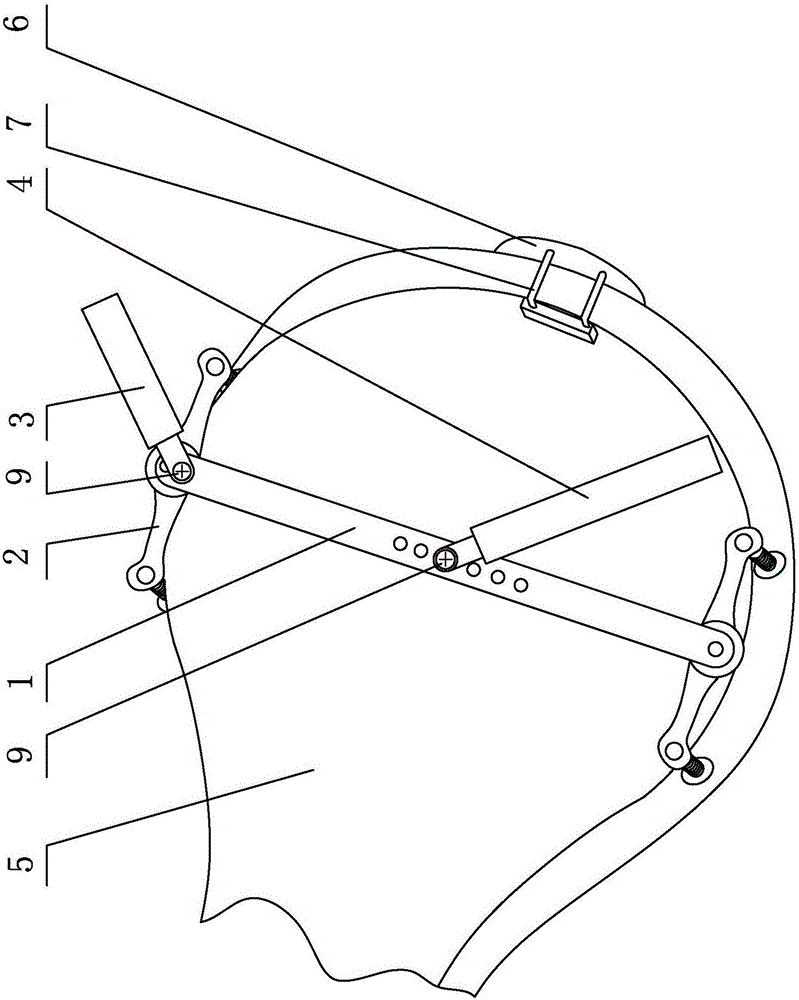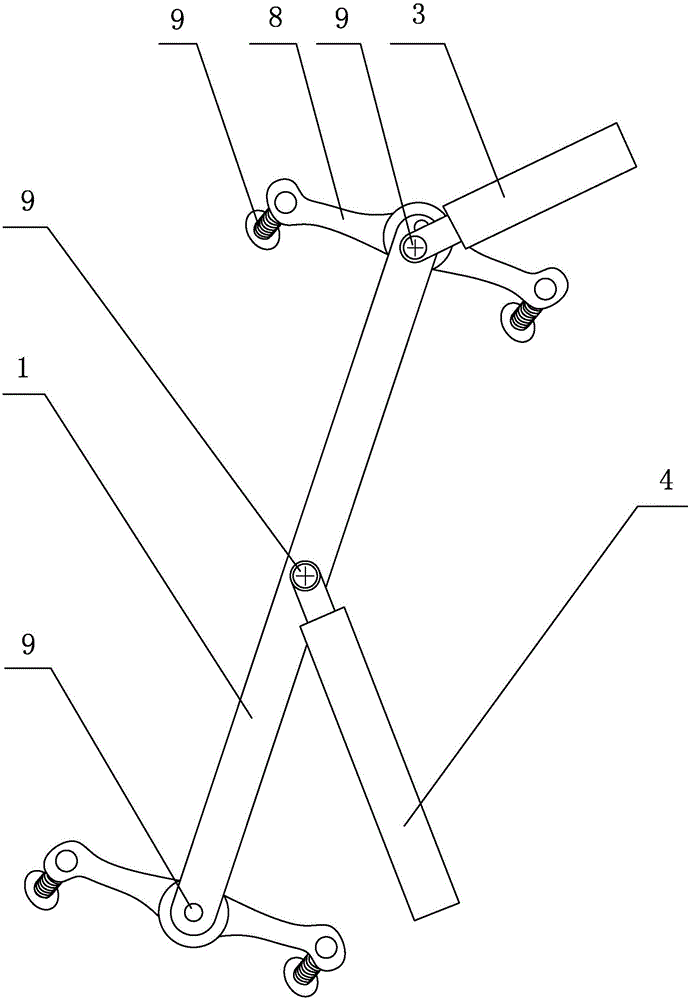Piano-holding assistor combining cheek card and shoulder hanger
An auxiliary device and shoulder hanging technology, which is applied to instruments, musical instruments, stringed instruments, etc., can solve the emotional pressure and burden of performers, performers can perform well in musical works, the depth of the collarbone, the width and the angle are different, etc., to eliminate the problem. The effect of holding the piano
- Summary
- Abstract
- Description
- Claims
- Application Information
AI Technical Summary
Problems solved by technology
Method used
Image
Examples
Embodiment Construction
[0032] The technical solutions of the present invention will be further described below in conjunction with the embodiments shown in the accompanying drawings.
[0033] The present invention is a violin-holding aid combined with a cheek clip and a shoulder hanger, and its technical proposal includes a shoulder hanger assembly and multiple types of cheek clips 6 .
[0034] The shoulder hanging assembly includes a clamping rod 1 , a clamping head 2 , a hanging arm 3 and a supporting arm 4 .
[0035] The clamping rod 1 is an elongated plate body with a length-adjusting structure. The plate body at the right end of the clamping rod 1 is provided with more than two threaded holes, and the plate body at the left end of the clamping rod 1 is provided with a threaded hole. A plurality of threaded holes (along the length direction) are provided on the plate body in the middle of the clamping rod 1; two clamping heads 2 are respectively arranged at the left and right ends of the clampin...
PUM
 Login to View More
Login to View More Abstract
Description
Claims
Application Information
 Login to View More
Login to View More - R&D
- Intellectual Property
- Life Sciences
- Materials
- Tech Scout
- Unparalleled Data Quality
- Higher Quality Content
- 60% Fewer Hallucinations
Browse by: Latest US Patents, China's latest patents, Technical Efficacy Thesaurus, Application Domain, Technology Topic, Popular Technical Reports.
© 2025 PatSnap. All rights reserved.Legal|Privacy policy|Modern Slavery Act Transparency Statement|Sitemap|About US| Contact US: help@patsnap.com



